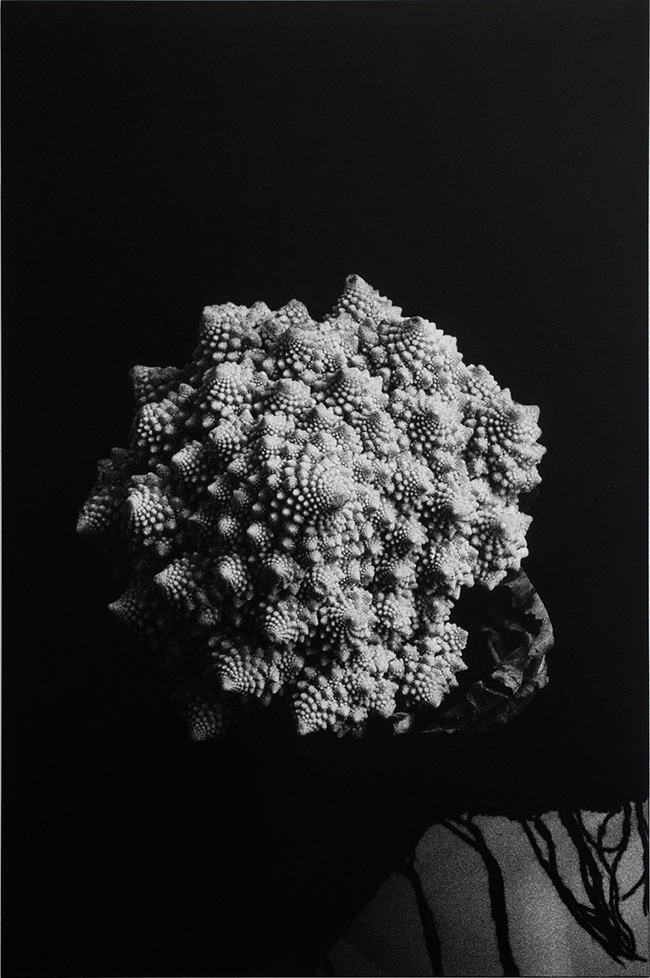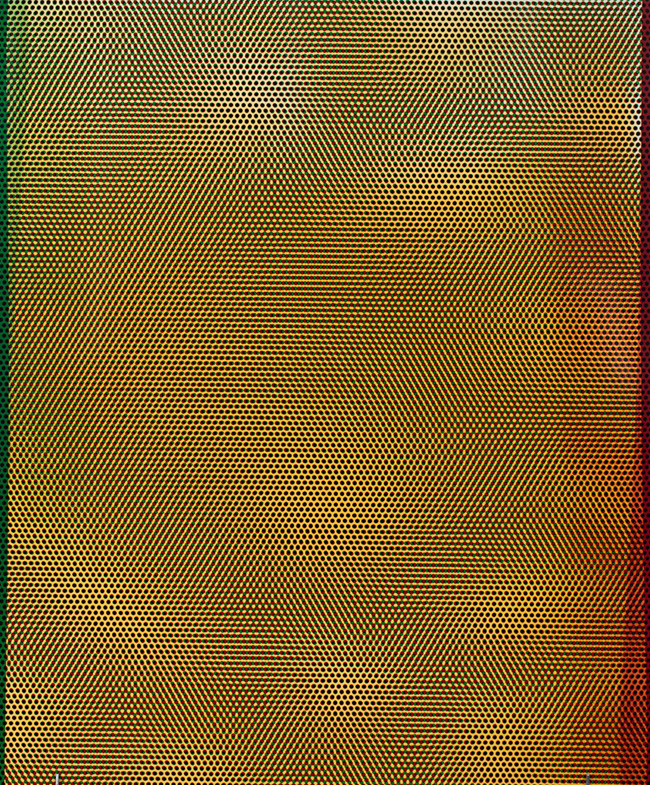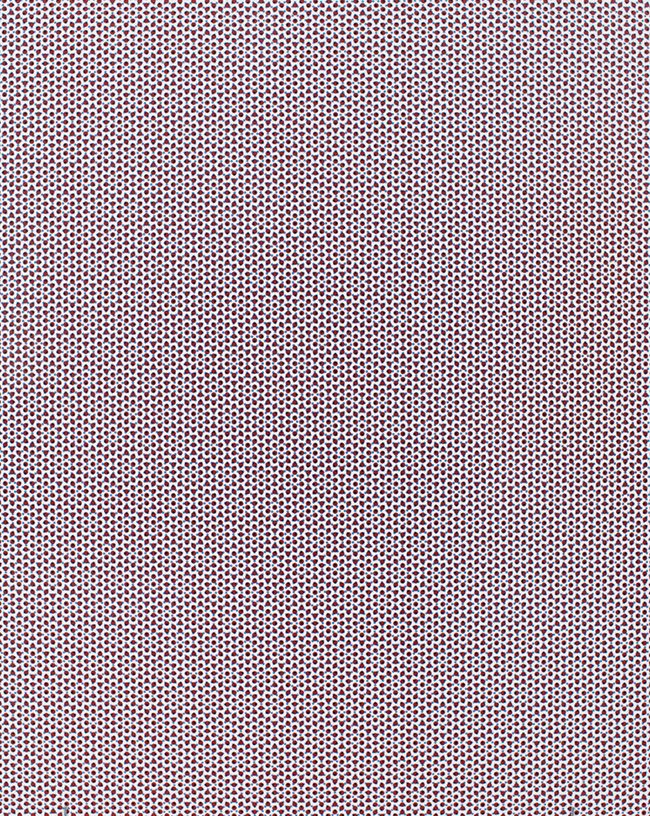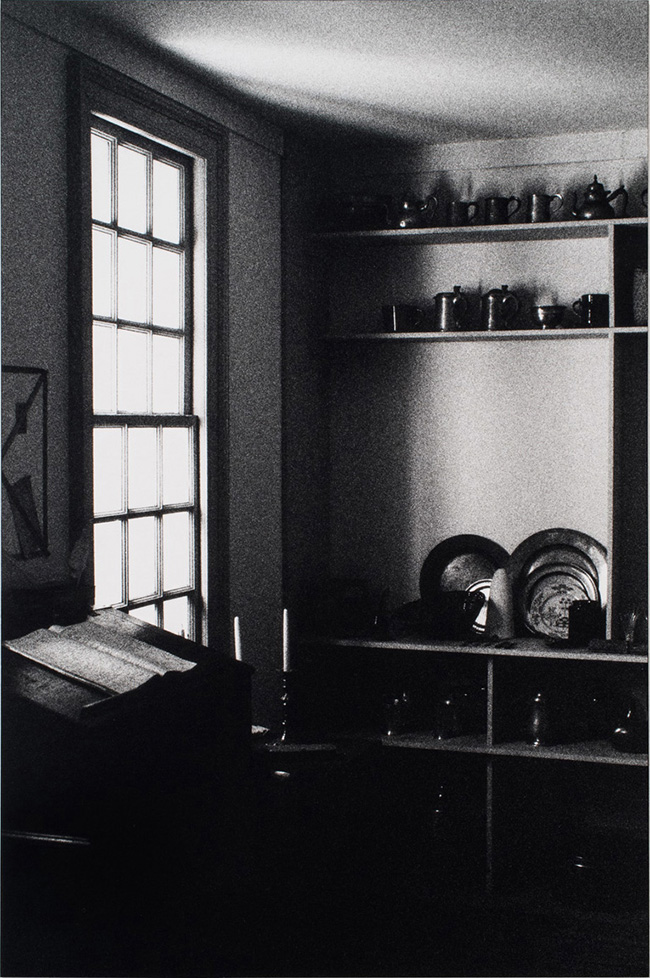Pierre Le Hors

No point of reference or everything flows.
–
There is a line made of small-size snapshots taped on the wall of Pierre Le Hors studio. Most of them are landscapes. A lot of oceans, and many stones and trees. There is a beautiful photograph of a swarm of bees and a snapshot of two women laughing; some were taken in Florida, others in France. Talking with Pierre I understand that he lived on a sailboat for seven years. His family finally settled down in Florida when he turned ten years old. Suddenly that line of images starts to become clearer. The abundance of oceans, rocks, and natural patterns perfectly reflect the almost complete absence of points of reference for someone who has lived most of his childhood sailing through South America and the Caribbean.
It’s not surprising then that Pierre’s work is about moving. Either he is walking through the rooms of the Met’s American wings or he’s taking hundreds of pictures of a 4 July firework show or he’s creating a narrative that lets the viewer move from the suburban Florida to the nostalgic Saint-Malo in a glimpse. Pierre is always moving. Sometimes this wandering seems to be without a specific destination, other times where he’s headed is very clear. In every shot is a discovery that even if drastically different from the one before becomes inexplicably connected to it. And we arrive at the destination, most of the time thinking about patterns, time, perspectives, and the importance of sighting.
In the middle of the line there is a collage of a palm tree. The two images are put together so well that if you just glance at it you wouldn’t necessarily know they are two different photographs. ‘It could be just one image,’he says. This is the key for reading Pierre’s work. As if it could happen on a boat in the middle of the ocean, the sense of displacement is inherent in his practice. You need to feel lost in order to come back home. And in this case it’s literally about the physical rupture and loss of the image, and at the same time the action of bringing it back together. He is again moving in time and space inevitably considering the transformation that this movement brings as a fundamental part of it. In this process the original meaning falls away, becoming something new: a metamorphosis of the meaning.
‘It’s a representation of a state of being a little bit split’, he says talking about the palm tree collage.
Even though most of Pierre’s work seems balanced and harmonic, maybe thanks to a method based on repetition, the power of his vision lies in his (sometimes) hidden obsession with contrast and difference. A colour photogram made using a darkroom enlarger and standardised-perforated aluminium sheets can live in the same room and have a direct conversation with a series of gelatin silver prints of perfectly exposed views of the Metropolitan Museum’s vitrines and rooms. They are balanced, or at least they look that way. And their formal and conceptual antithesis helps us understand that everything changes and grows, even the memory we thought we had with a particular photograph.
Everything flows.











